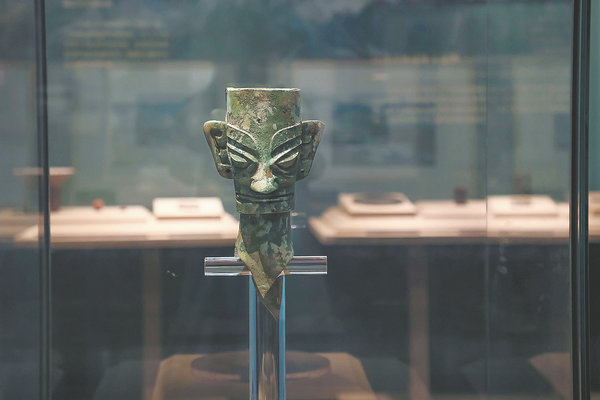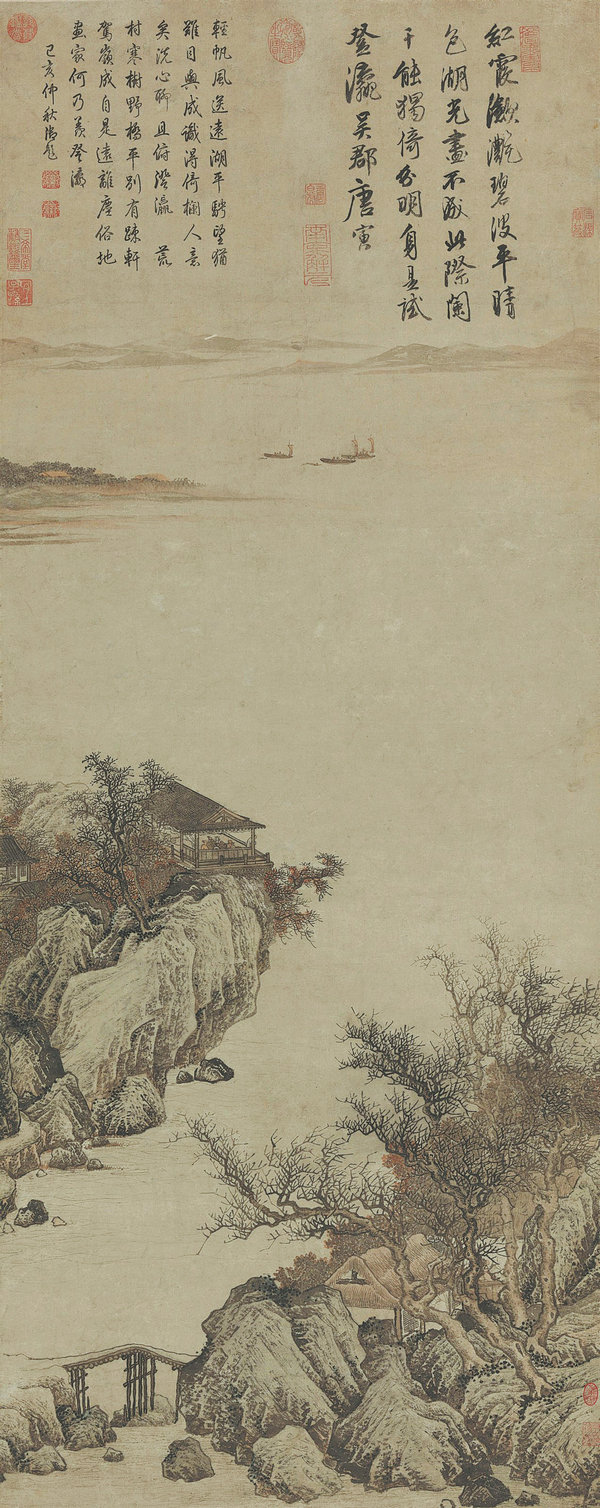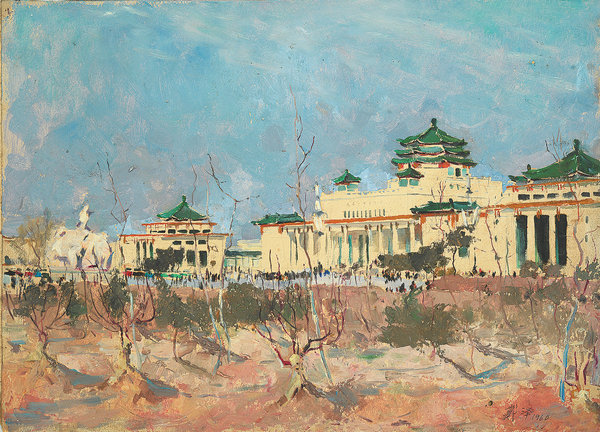

River of life
The confluence of the Minjiang and Jinsha, the two upper stretches of the Yangtze River, in the historical city of Yibin in southern Sichuan province, is not only home to the spectacular sight of the two rivers flowing together, but also to a bounty of indigenous culture, and a famous local specialty, Wuliangye, or five-grain liquor. The Mighty Long River, which runs until Dec 12 at Yibin Museum, is the first stop for a touring exhibition about the Yangtze, which navigates the river's history, natural beauty, cultural diversity and environmental protection over the centuries by bringing together some 300 objects primarily drawn from the collection of the National Museum of China. The exhibition premiered in Beijing in December 2021 to rave reviews and is a celebration of the cultural accumulation along the Yangtze, as well as the river's significance to economic and social development. The show is designed to raise public awareness of the environmental protection of the river, and highlights include Neolithic Liangzhu Culture jade objects, the bronze human head unearthed at the Sanxingdui site, and landscape paintings that present a panoramic view of the Yangtze.
9 am-5 pm, closed on Mondays. Changcui Lu, Sanjiang New District, Yibin, Sichuan province. 0831-3663-222.

Perfect panoramas
The term shanshui ("mountains and waters") was invented by intellectuals and artists not only to describe the landscapes of the physical world, but also to refer to an idealized realm where people could find refuge from worldly affairs, seek inner peace, and build a spiritual connection with the great figures of the past. Painters depicted this imaginary world on paper and silk as a way of forgetting about their worries and temporarily freeing themselves from anxiety, by seeking reinvigoration in the high mountains, clouds, mists, springs and streams their brushes birthed. Ink Splendor and Cultural Context brings together classical landscape paintings from the collections of the Liaoning Provincial Museum and the National Art Museum of China. On display are representative works by several historical schools of art, including the Wumen, Songjiang and Jinling schools. The show takes museumgoers into the serene, reclusive universe built from layers upon layers of ink and water by artists also seeking to depict the temperament and philosophical outlook of ancient intellectuals. The exhibition runs at the National Art Museum of China until Nov 19.
9 am-5 pm, closed on Mondays. 1 Wusi Dajie, Dongcheng district, Beijing. 010-6400-1476.

Past forward
Dai Ze, 101, a prominent artist, passed away in Beijing on Wednesday. The art world is remembering how in 1946, Dai, a young art academy graduate at the time, arrived in Beijing where he would become a teacher at the Central Academy of Fine Arts. He never left, and the ancient city and capital became the location of many important events in his life: making friends, improving painting techniques and theories, and finally, retirement. In return, Dai recorded the changes to Beijing in his work, especially its once tranquil street scenes, so much of which has been subsumed by the hustle and bustle of urbanization. Living Leisurely, an exhibition running until Oct 29 at the art museum of the Beijing Fine Art Academy, is a collection of Dai's depictions of the city over time, and summons up a nostalgic mood that permits visitors to savor the slow pace of old Beijing.
9 am-5 pm, closed on Mondays. 12 Chaoyang Gongyuan Nanlu. 010-6502-5171.